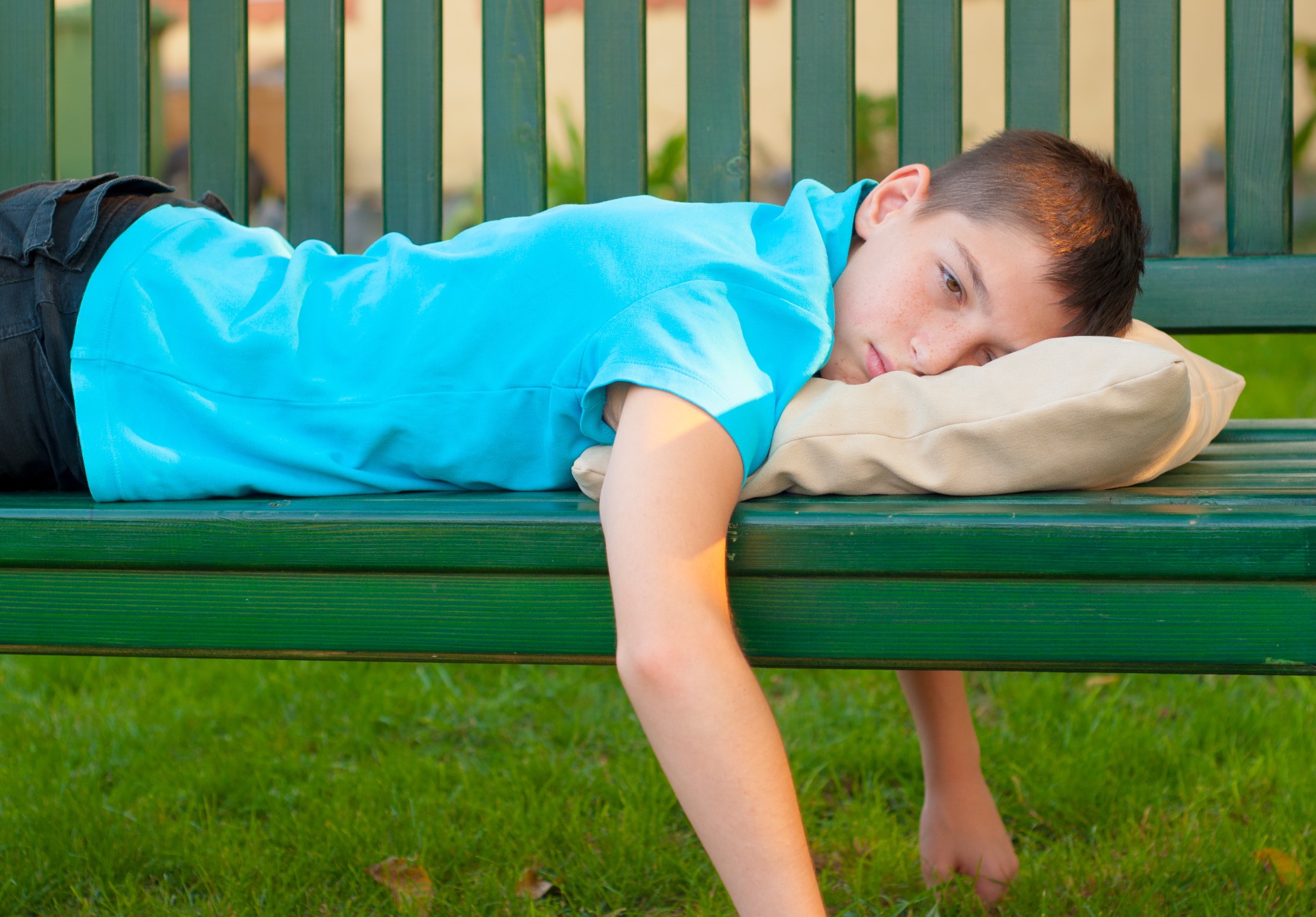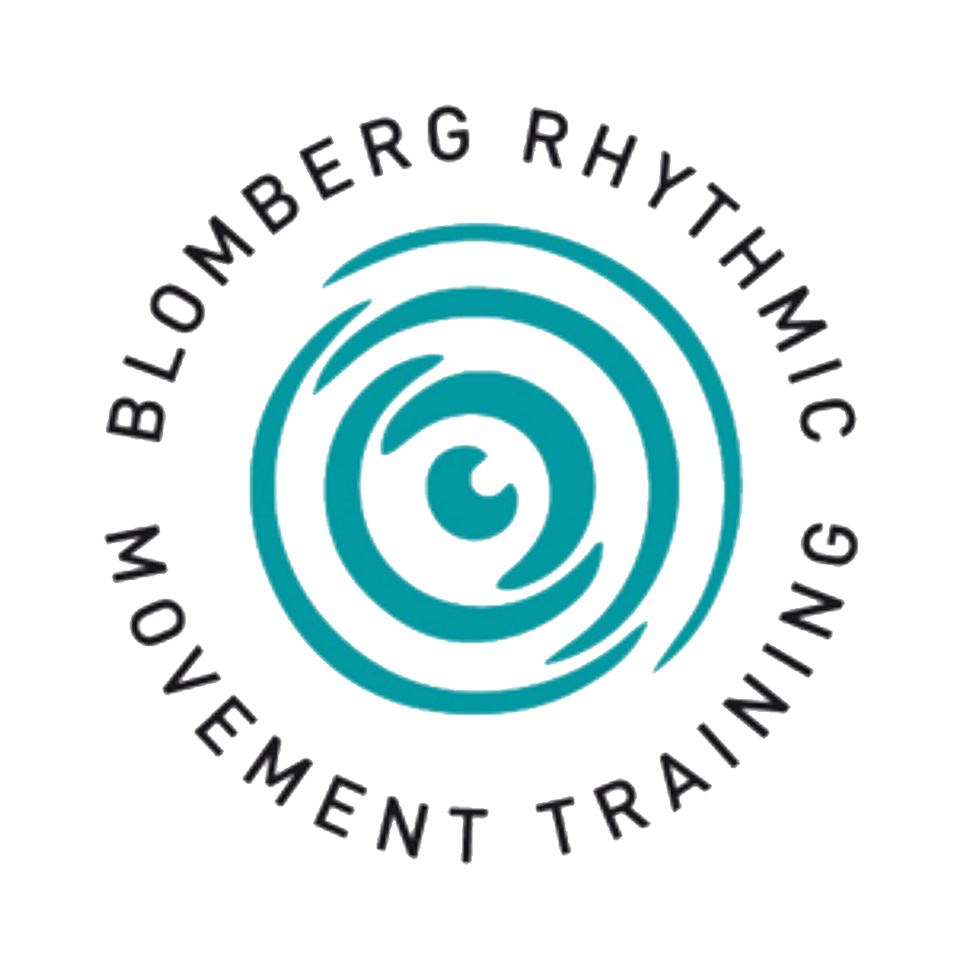
Blomberg Rhythmic Movement Training®

The rhythmic movements are based on the inborn spontaneous movements that infants and toddlers do before learning to walk.
These movements may support the individual to to train and master their body and to overcome emotional and behavioural issues as well as tensions, lack of energy and stress.
The rhythmic movements create and strengthen the neural pathways that are necessary for physical, emotional, cognitive and mental development.

Benefits
A healthy child who is allowed to move freely at his own pace usually gets a well balanced muscle tone and posture without any special motor interventions.
But even children with small developmental delays can prove to have problems with their neural networks and unintegrated or underdeveloped infant reflexes. Individuals with behavioral problems and emotional barriers often have active primary stress reflexes. Extreme shyness and tantrums are some of the signs of emotional overwhelm and stress. They benefit greatly from integrating primitive survival reflexes and gaining a more stable foundation.
Both those who are hypersensitive to sensory impressions and those who are under-sensitive can benefit from rhythmic movements.
For a person with severe motor disabilities, congenital or acquired, the rhythmic movements can be an excellent form of daily exercise. They reduce muscle spasms, provide more strength and flexibility, and improve circulation to all parts of the body.
If development is hindered for various reasons, or if the individual is exposed to stress and trauma, BRMT has the ability to assist the individual by affecting both the central and peripheral nervous systems through passive and active stimulation of the body.
Infants and toddlers

BRMT for infants and toddlers is about going through developmental milestones, tackling developmental delays and creating a deep nurturing bond with your child.
It is used both as a technique for early intervention and to prevent cognitive, visual and motor problems from occurring in early childhood.
With simple rhythmic movements and tactile exercises, young parents can stimulate their child and help to make progress in the development at a level that is adapted to the individual child.
Children and teenagers

Motor problems, attention disorders, problems with emotional regulation, communication problems, feelings of anxiety, low self-esteem, learning problems, reading and writing problems or visual problems are more common than ever.
Rhythmic movement training and reflex integration is an intervention that can be very useful in regular exercise.
At the same time, it is important to review the child's situation and have healthy expectations and reduce stressors in the environment.
Adults

Many adults experience stress, muscle tension, pain, poor posture, sleep disorders, indigestion, concentration disorders, lack of energy, anxiety and worry, which are symptoms of emotional and physical stress.
Blomberg RMT can relieve all these symptoms and improve general well-being, even in adults. Traumatic experiences and accidents can reactivate primitive reflexes. This can lead to increased stress and burnout, but also to rotated hips, pain and other problems in the body.
The movements and the reflex integrations release tension, reduce stress symptoms, relieve pain caused by uneven load and wearing of the joints. It improves blood circulation and supports the oxygen supply and flow in the body resulting in balance.
Seniors
As we age, we may experience more joint pain and stiffness, loss of mobility, insomnia, amnesia, and loss of visual acuity and so on.
Many seniors accept pain as inevitable. But by creating new neural connections and integrating primitive reflexes, we can improve the body's balance, agility, and energy levels.
BRMT has been shown to slow down and sometimes reverse the most unwanted parts of the ageing process, as it contributes to a better flow and balance all the way down to our cells.

Rhythmic movements

Rhythmic Movements
These gentle, rocking movements can be done fast or slow, smaller or larger depending on the individual and should not cause discomfort. Each movement is adapted to the capabilities and needs of the client. It is a series of passive and active exercises that you can take home for a while to practice every day.
Most people, not just children, can use rhythmic movements and other integration techniques presented in Blomberg RMT. They have a beneficial impact on the cardiovascular system as well as the lymphatic system.
The movements are easy to learn. Children and adults appreciate them and find them useful. For some, the effects of the workout are quick, but because the nerves take time to build up and get strong, it often requires a longer training period, a year or more. A short session every day is best.
By stimulating the basic senses, balance, feel and touch, as well as the sense of movement, the training improve physical awareness and coordination, which provides greater security and self-esteem. They are both stimulating, de-stressing and balancing on many different levels. By integrating reflexes they support the ability to perform automatically and with less effort,
They support the development of the nervous system, normalize muscle tone and integrate primary reflexes, release tension and create circulation in the body, restoring balance. The rhythmic movements support the ability to learn new things and cope with school and work.
Passive rhythmic movements
The passive exercises are performed with the help of a parent or partner. They are simple and gentle rocking movements that awaken and activate the nervous system and stimulate the whole body. They balance muscle tone and build a more stable foundation for endurance and developmental growth.
They help connect the lower levels of the central nervous system with other parts of the brain, support physical and emotional growth, and build strong neurological pathways. They are usually perceived as sedative.
The passive movements are perfect for the treatment of infants, young children, multiple handicapped and exhausted people. It supports basic functions such as oxygenation and detox.
Active Rhythmic Movements
The active exercises are whole body movements as well as more specific movements performed by the client with some help if needed. They strengthen the nervous system and the body and provide stability, not least in the hands and feet, neck, back, core and pelvis.
They integrate the primary reflexes, improve coordination and the ability to perform daily tasks rhythmically and with perseverance. A whole body movement makes it possible to integrate several primary reflexes simultaneously while the more specific movements are aimed for one or two reflexes at a time.
The active movements are suitable for everyone who has a certain ability to perform movements on their own and can be adapted if necessary. For younger children, the movements can be offered in play.
Active movements are given to individuals with widely differing complaints. ADHD, autism, problems with focus, strength and endurance, dyslexia, ataxia, dyspraxia, fine motor difficulties, Parkinson's, osteoarthritis, balance difficulties, pain to name a few.

Reflexen
Primitive Reflexes

Primitive Reflexes are involuntary movements in response to sensory stimuli. They appear in utero, during the birth process or during the early part of the child's life and have survival, protective, restorative and postural purposes.
Primitive Reflexes help the child to develop and move forward in life. Well functioning infant reflexes are an important sign that the brainstem and nervous system have developed as intended. Primitive reflexes develop in the womb when everything is fine with the fetus. They usually manifest at birth or shortly afterwards in normally developed full-term babies.
Primitive reflexes play a fundamental role in establishing head control, posture, sensory integration, and the ability to move with stability and control, as well as being still without effort.
In addition, they stimulate the brain to further improve attention and control over impulses, reducing hyperactivity and emotional overwhelm. They help connect the main neurological areas of the brain for emotional control and intellectual or academic pursuits.
The primitive reflexes integrate into lifelong reflexes, and this integration ought to be completed while the toddler is still on the floor and before learning and walk. These reflexes help the individual to make movements automatic and smooth with little effort.
Primary reflexes are usually active in the older child or adult when there are challenges with balance, coordination, attention, concentration, math, reading and writing, problems with vision, speech and language as well as behavioral or emotional stability.
With interventions like BRMT it is possible to manifest and integrate primitive reflexes that still are active and establish the lifelong reflexes.
Lifelong reflexes
The lifelong reflexes are necessary for our stability and balance in gravity and they allow us to move automatically and easily. Primary reflexes are integrated into lifelong reflexes through the spontaneous rhythmic movements that a baby makes before learning to walk. Thy are designed to ensure our survival.
Postural reflexes help us achieve balance, coordination, and overall physical and emotional well-being. They help make movements automatic and smooth, with little or no access motions, effort and thoughts. Standing, sitting, walking and cycling are examples of movements that depend on lifelong reflexes to function properly.
The development of lifelong reflexes depends on the function of a part of the brain that works in conjunction with the motor cortex to control our motor activity.
Physical activity and exercise maintain our lifelong reflexes. If they work properly, we can save energy. With severe trauma, long-term stress or injury at any point in life, the primary reflexes can be activated and take charge
.Reflex integration
Rhythmic movements and isometric exercises can help complete reflex patterns and integrate them into our entire body system for increased sensory integration and motor development, improved coordination and balance, improved visual, auditory and academic performance, and general physical and emotional well-being.
The isometric exercises speed up the reflex integration procedure. It can be done with the help of a trained counselor, caregiver, or partner. You can also do it yourself after some instruction.
